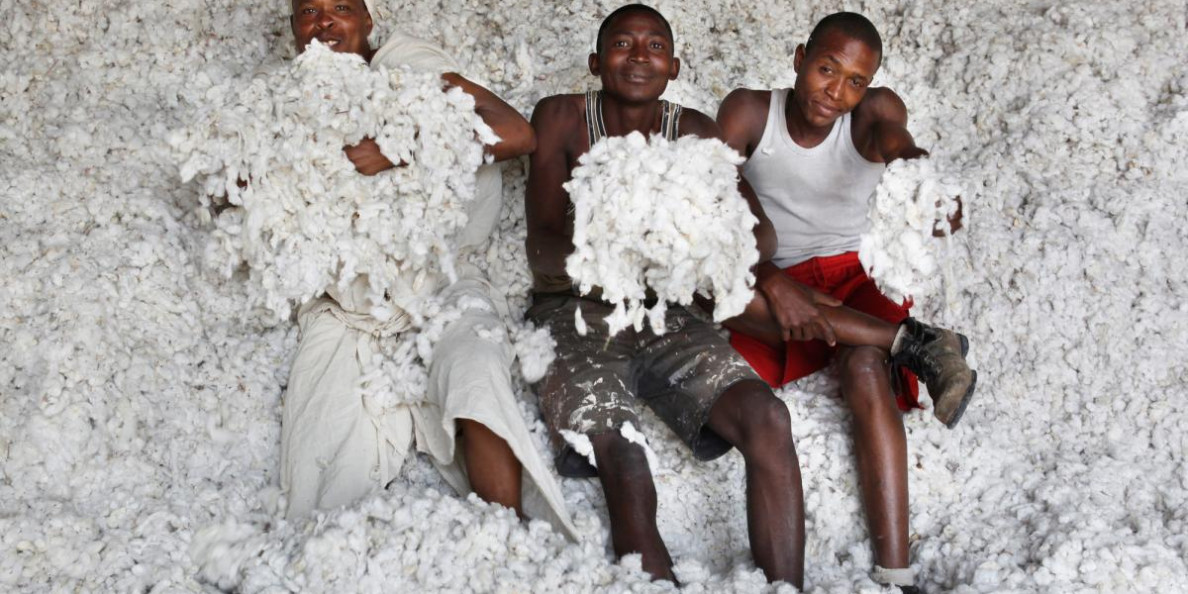Subsidies offered by cotton producing nations to its growers are impacted by market prices, a report from the Washington-based International Cotton Advisory Committee (ICAC) has revealed.
Pointing to historical trends, the ICAC report says that there has been a strong negative correlation between subsidies and cotton prices. This means, in the years when prices are high, the subsidies tend to decline, while in the years when prices are low, subsidies tend to rise.
“This relationship has remained fairly consistent during the past several seasons. The Cotlook A Index declined from an average of 91 cents per pound in 2013-14 to an average close to 70 cents per pound in 2014-15 and 2015-16, before rising to 83 cents per pound in 2016-17,” it said.
The subsidies by the cotton growing nations touched a record high of around $10 billion in 2014-15.
However, during 2017-18, average prices rose to 88 cents per pound and subsidies increased as well, while in 2018-19, a moderate decline in prices was accompanied by a moderate decline in subsidies.
According to the report, subsidies by the 10 cotton growing countries for 2018-19 have been estimated at $5.4 billion (approximately 38,768 crore), marginally down from $5.5 billion (approx 39,500 crore) in 2017-18. For the year 2018-19, the subsidies given by 10 countries averaged 16 cents per pound, marginally down from 17 cents per pound in 2017-18.
These subsidies are given in the form of direct support to production, border protection, crop insurance subsidies, and minimum support price mechanisms.
Notably, the average percentage of global cotton production receiving direct assistance, including direct payments and border protection, is reported at 49 per cent between 2016-17 and 2018-19. The same was 75 per cent between 2014-15 and 2015-16.
In China, the government supports cotton production by controlling cotton import volumes and by applying border protection measures based on quotas and sliding scale duties, with an effective tariff of 40 per cent on cotton imported without a quota. In addition, China maintains a strategic reserve of the fibre, which is managed by the China National Cotton Reserve Corporation (CNCRC), the ICAC noted.
The Indian government — during the 2014-15 and 2015-16 seasons — purchased cotton through the Minimum Support Price (MSP) programme as market prices fell below MSP. In 2018-19, the MSP for long staple Shankar-6 variety of cotton was hiked substantially to 5,350 per quintal (equivalent to 101 cent per pound of lint). The same was 4,320 (89 cents per pound) in 2017-18. Notably, for kharif 2019-20, the cotton MSP has been further hiked to 5,550 (approx 105 cents per pound).
For the US, ICAC noted that the sum of all types of support provided to producers including Price Loss Coverage (PLSC)/Agriculture Risk Coverage (ARC), crop insurance, and STAX is estimated at $1.2 billion (with works out at 14 cents per pound) in 2018-19, up from $890 million (9 cents per pound) reported in 2017-18.


